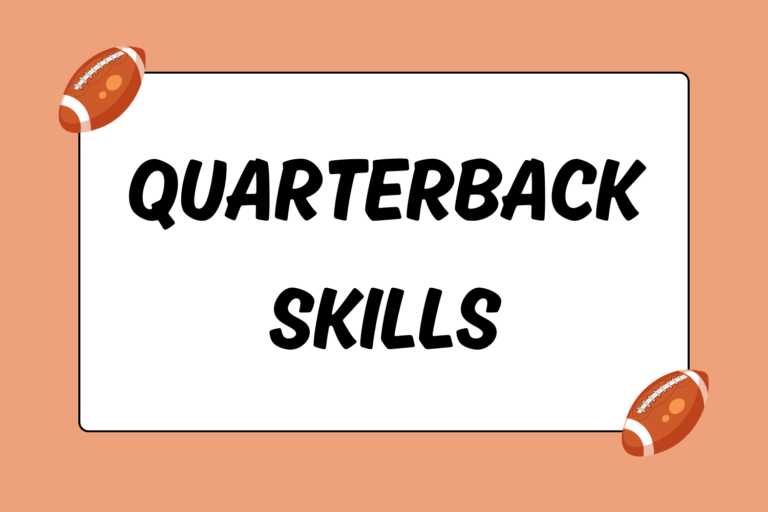When a team decides to punt the ball away, the punt returner has two choices: Catch the ball and advance it, or signal for a fair catch. Advancing the ball can lead to better field positioning and easy points, while a fair catch normally secures possession of the ball without getting hammered by a defender. However, the receiving team has an additional play-calling option after a fair catch is performed: The Fair Catch Kick. This guide outlines the process of a fair catch kick, and explains when to use this unusual play.
What is a Fair Catch Kick?
Very similar to a field goal, the fair catch kick is a unique method of scoring points that can only be utilized after a kick (kickoff or punt) is received via a fair catch signal. After the vast majority of punts, the receiving team becomes the offense, the punting team becomes the defense, and normal play resumes. However, should a fair catch take place, the offense has the opportunity to attempt a fair catch kick. Here’s a breakdown of how the fair catch kick works:
- After the punt, the receiving team tells the referee that a fair catch kick is about to be attempted.
- The ball is placed at the spot of the fair catch. It can be placed in a tee or held by one of the kicker’s teammates.
- The defense must line up at least 10 yards back from the spot of the kick. No defensive player may advance from that spot until the ball is kicked.
- The kicker attempts to kick the ball through the uprights.
If successful, the kick is worth three points. If the ball falls short of the uprights but stays inbounds, it is a live ball and may be recovered by either team and advanced. Aside from the rules outlined above, all other normal field goal rules apply.
Fun Fact:
Though several attempts have been made in recent years, the last successful fair catch kick was performed on November 21, 1976. Ray Wersching of the San Diego Chargers kicked a 45-yard fair catch kick, at the end of the first half of a game against the Buffalo Bills.
Fair Catch Kick Strategy
Normally, a field goal is only attempted on fourth down, after the offense has already spent three downs trying to score a touchdown. Aside from a set of incredibly specific circumstances, most coaches and teams would never elect to kick a field goal on first down. Here are the key criteria that would make a fair catch kick attempt reasonable:
Time:
As a fair catch kick nullifies the other three downs for the offense, it would only make sense to attempt one if there were very little time left before the end of a half. Something along the lines of five seconds or less; any more than that, and a missed fair catch kick would give the other team enough time for at least one play.
Field position:
Anything over 50 yards is considered a long field goal—much longer than that, the odds of a successful field goal start to drop drastically. And even though a fair catch kick has the advantage of being performed without having the defense too close, distance still dictates the odds. It doesn’t make sense to attempt a 75-yard field goal, fair catch kick or not.
Security:
Unlike a normal field goal or PAT, a fair catch kick can be attempted from a kicking tee (except in the NFL). That means the kicker can position the ball just how he likes it, without having to worry about the snap and/or hold normally associated with such kicks.
Though such circumstances may be rare, they still manage to occur often enough that the NFL rulebook still allows for fair catch kicks to be performed.
Once in a Blue Moon
Any time a team has possession of the ball, the main objective is to score a touchdown. However, this is easier said than done, so teams routinely exercise other options when in a bind. But in a game like football — where there are countless situations that could arise — even something as unique as a fair catch kick has a place.





